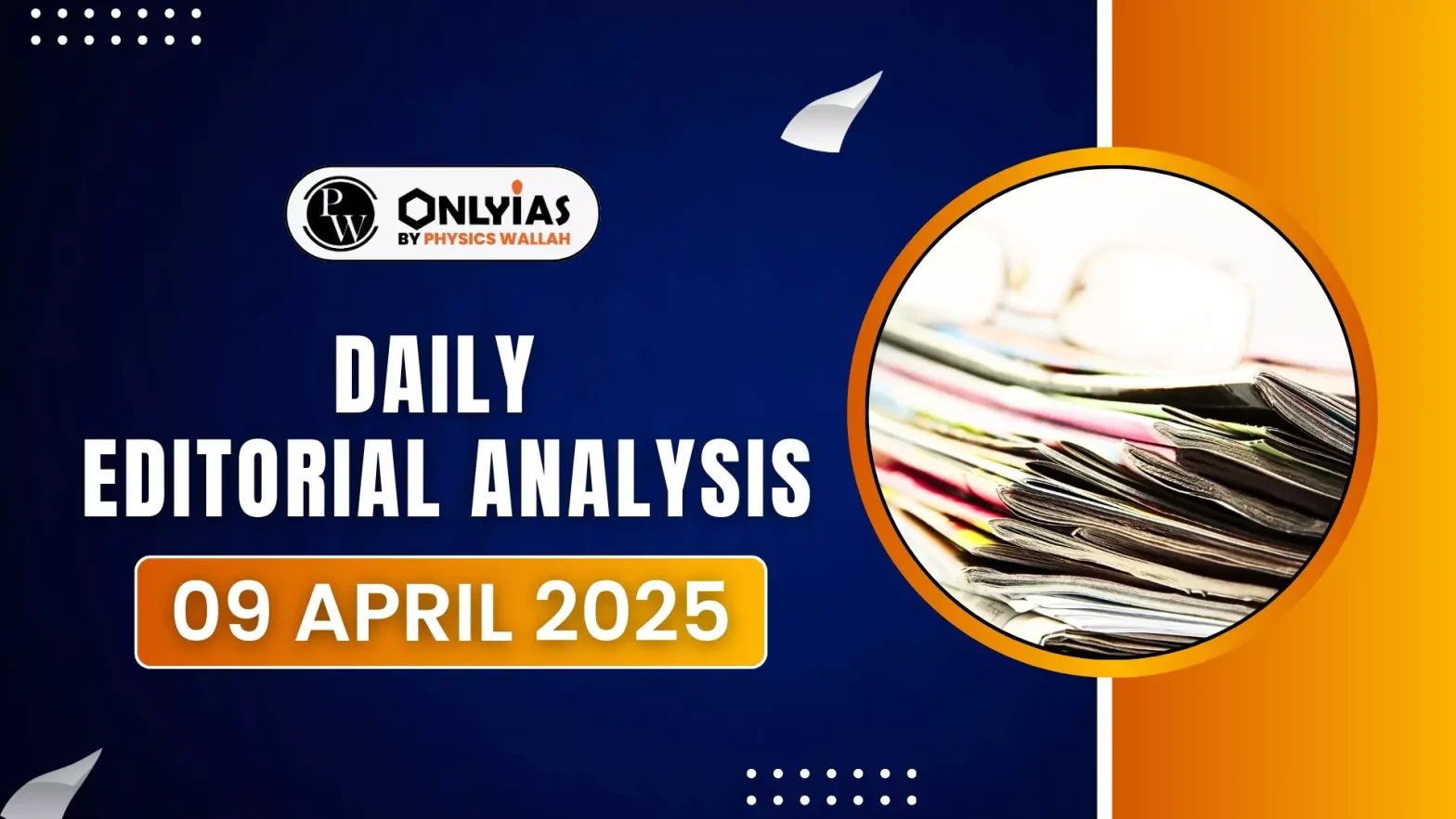Recently, Indian Prime Minister participated in the 6th BIMSTEC Summit, hosted by Thailand under its chairmanship.
Bay of Bengal Initiative for Multi-Sectoral Technical and Economic Cooperation (BIMSTEC)
- Origin and Purpose: Initially conceived as a bridging mechanism between South Asia’s SAARC and Southeast Asia’s ASEAN countries, BIMSTEC has faced challenges in fulfilling its purpose due to political differences and lack of direction.
- Historical Stagnation: The collapse of India-Pakistan relations post-2014 significantly impacted SAARC‘s effectiveness, stalling its progress
- The Bangladesh-Bhutan-India-Nepal (BBIN) sub-regional grouping also faced hurdles, particularly after Bhutan rejected the Motor Vehicles Agreement.
- Reigniting BIMSTEC: The sixth BIMSTEC summit, held in Bangkok, provided an opportunity to reenergize the regional initiative amidst growing global turbulence.
- Overcoming Challenges: Despite disruptions, including an earthquake in Myanmar and Thailand, the summit proved resilient, facilitating the adoption of several significant agreements.
- The COVID-19 pandemic had delayed the summit’s objective of a bi-annual meeting schedule, but the meeting was ultimately held, proving its relevance.
Key Outcomes and Areas of Cooperation
- BIMSTEC Chamber of Commerce: A new chamber of commerce was established to foster economic collaboration and facilitate trade among member countries.
- Infrastructure Development: India-Myanmar-Thailand Trilateral Highway: This ambitious project aims to connect India’s North-East region (projected as a BIMSTEC “hub”) to the Pacific Ocean, enhancing connectivity and regional integration.
- Free Trade Agreement (FTA) and Customs Agreements: Plans for a FTA and customs cooperation were outlined, aiming to boost intra-regional trade and streamline cross-border transactions.
- Disaster Management Cooperation: The region is prone to frequent natural disasters, making the joint disaster management mechanism a critical area for cooperation to mitigate the impact of such calamities.
- Long-Term Vision: The summit adopted the Vision 2030 document, which lays out strategic goals for regional cooperation
- India- Bangladesh Leaders interaction: Despite months of acrimony over issues like minority treatment, border killings, and former Prime Minister Sheikh Hasina’s stay in India, both leaders took the opportunity to air grievances and engage in constructive dialogue.
-
- Modi emphasized that “rhetoric” between neighbours must be avoided, urging a more pragmatic approach to resolving bilateral tensions. This sentiment needs to be reciprocated in Dhaka and Delhi.
- India- Nepal: The meeting with Nepal’s leader came after months of tensions following India’s refusal to issue an invite to Mr. Oli.
- It is hoped that these exchanges will lead to an early visit by Mr. Oli and provide opportunities for the resolution of outstanding issues
- Myanmar’s Participation: The inclusion of Myanmar’s Prime Minister General Min Aung Hlaing was a special diplomatic gesture by the BIMSTEC grouping.
- Prime Minister Modi counselled Gen. Min and Mr. Yunus on the need to restore democratic processes in Myanmar and Bangladesh.
Conclusion
To ensure BIMSTEC’s success, it is vital that member states actively engage, resolve differences, and avoid letting the grouping fall into the same pitfalls as SAARC.
![]() 9 Apr 2025
9 Apr 2025

